Baldur’s Gate 3 has done an excellent job adapting the Dungeons & Dragons 5E ruleset to the video game format, but some changes were made in the development process. Some of the changes are for the better, and it wouldn’t be surprising if they made their way into the upcoming revised version of the D&D 5E rules that are set to launch in 2024.
There have been several D&D video games that have adapted the rules from various editions of the tabletop game, with Baldur’s Gate and its sequel adapting 2E rules, while Neverwinter Nights and its sequel adapted 3E rules. These games (as well as Baldur’s Gate 3) have never been exact copies of the rules, as some changes had to be made to accommodate the limitations of working with a computer rather than a human Dungeon Master.
Related: Baldur’s Gate 2’s Slayer Form Makes Surprise Return In Baldur’s Gate 3
Baldur’s Gate 3 Changed A Lot Of Races & Classes From D&D 5E
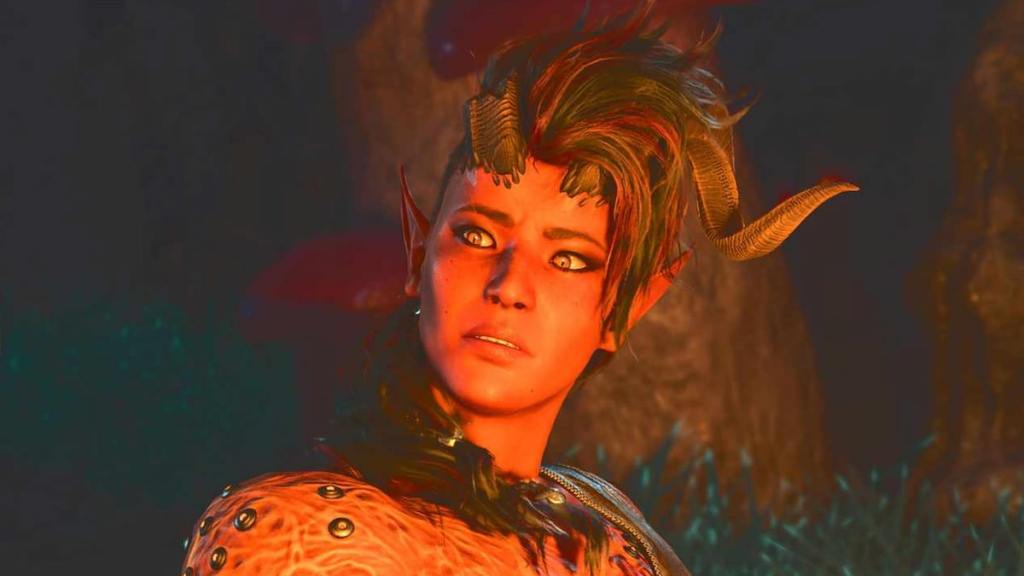
Baldur’s Gate 3 has tweaked many of the races & classes from D&D 5E. The most notable is humans being the worst race in Baldur’s Gate 3, as you can’t select the variant human with the extra Feat at level 1, which is by far the most popular version of the race. Instead, the humans in Baldur’s Gate 3 receive some extra proficiencies, which is far less exciting.
Elves have seen some notable changes, with the Drow now considered a separate race, with two variants (Lolth-Sworn and Seldarine) that have narrative implications when chosen. There is also three variations of the Half-Elf, as the D&D 5E Player’s Handbook only has one version, but Baldur’s Gate 3 has the High Half-Elf, Drow Half-Elf, and Wood Half-Elf.
The Tieflings have also received new options, which makes sense, considering their importance in the game’s story. There are now three variations of Tiefling: Asmodeus Tiefling, Mephistopheles Tiefling, and Zarial Tiefling. The Asmodeus Tiefling is the one from the Player’s Handbook, while the two others are brand new, with unique powers.
Regarding character class, the Ranger has been overhauled, as has its subclasses. This makes sense, considering how the original Ranger from the Player’s Handbook is considered the worst class in the game. You can now rock your Ranger through the Forgotten Realms without fear of being underpowered.
The Sorcerer and the Rogue are two other classes that received major benefits in Baldur’s Gate 3. In Baldur’s Gate 3, Sorcerers now get Metamagic powers at level 2 rather than level 3, allowing them to call on their arcane abilities sooner. Meanwhile, the Thief subclass for the Rogue can now perform an additional Bonus Action on their turn, which is great for dual-weapon users, as they can hit three times in their turn in melee combat, with one Sneak Attack thrown into the mix.
Baldur’s Gate 3 Makes Shoving & Environmental Hazards A Major Aspect Of Combat
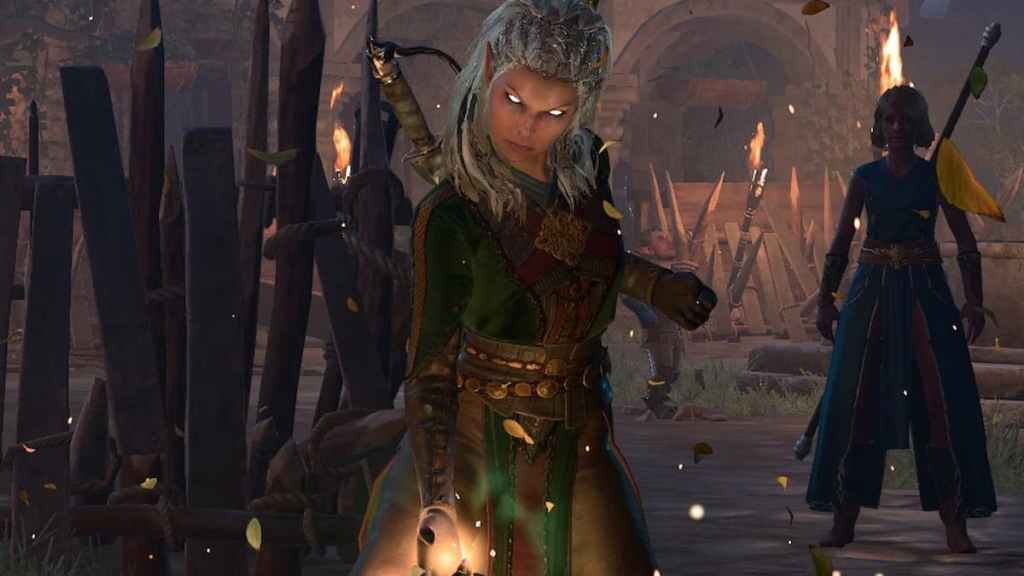
Verticality and surfaces play a much bigger role in Baldur’s Gate 3 than in D&D 5E. This is because most D&D 5E fights occur on a flat surface, as organizing multi-tiered locations on a battle map is a pain. Developer Larian Studios also reused a lot of elements from their previous game, Divinity: Original Sin II, in Baldur’s Gate 3, where a lot of the environmental effects come from.
In D&D 5E, Shoving is done as part of the Attack action, while Baldur’s Gate 5E only requires a Bonus Action. This means you can Shove and attack in the same round. As the fights in Baldur’s Gate 3 occur in massive arenas, you can push enemies off ledges and let the fall damage do the job for you.
Baldur’s Gate 3 introduced many trick arrows that create environmental surfaces when fired, such as ice, acid, or fire. These are great for setting up damaging terrain in bottleneck areas, forcing enemies to run through them and take damage or whacking groups with an AoE effect.
Baldur’s Gate 3 Has Changed The D&D 5E Action Economy (For The Better)

Possibly the biggest change in Baldur’s Gate 3 is how the game handles spellcasting and Actions. In D&D 5E, the rules state that if you cast a spell with a casting time of a Bonus Action, then the only other spell you can cast that turn must be a Cantrip. Baldur’s Gate 3 has abandoned that idea, allowing you to cast two full spells in the same turn, so long as one has a Bonus Action casting time. Spellcasters are now a lot stronger, especially Clerics, who can throw out a Healing Word and a Cure Wounds in the same turn.
As mentioned above, the Shove action is much more useful in Baldur’s Gate 3, as you don’t have to give up your regular attack to do it. Baldur’s Gate 3 also lets you use a magic potion or oil by spending a Bonus Action, allowing you a bit of extra healing or a buff on your turn while still letting you perform an Action.
Baldur’s Gate 3 also added something extra for warriors, as many weapons now have unique actions that can be performed in combat. These are especially useful during low-level play, when your party doesn’t have that many options to call on in combat.
Baldur’s Gate 3 Hands Out Magic Items Like Candy
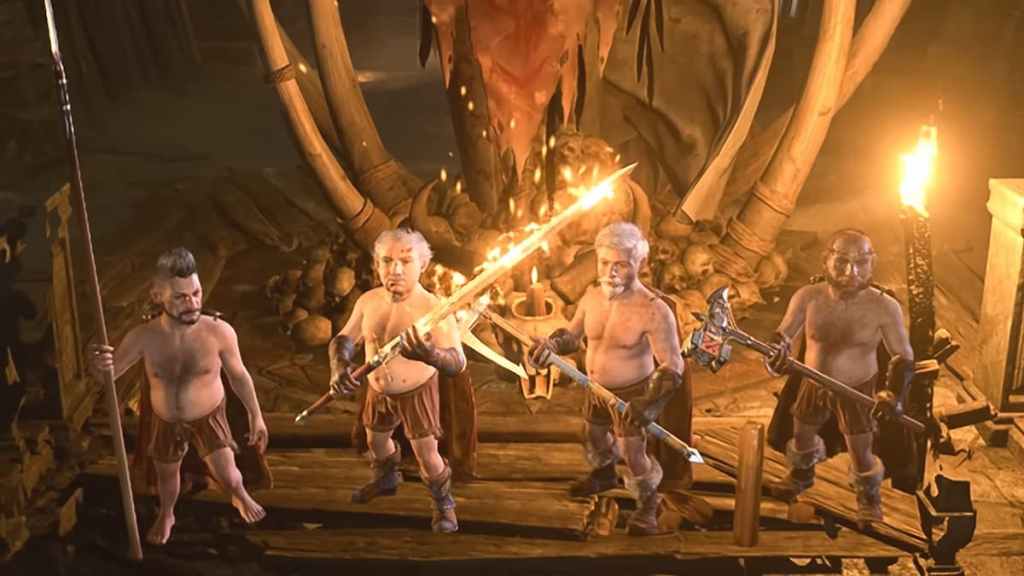
One notable change that D&D 5E has from 2E and 3E is how it downplays the significance of magic items. In D&D 5E, characters get many spells and abilities from their race/class combo, so you don’t need magic items to bolster your arsenal. There are also strict limits on how many items you can “attune” to, in order to use them at all, as this was introduced to stop power gaming.
Baldur’s Gate 3 shoves that idea out of the window, as your party will be drowning in scrolls, potions, and oil within the first few hours of play. There are also no attunement rules, so you can equip as many magic items as you wish.
It’s good that the game gives you so many magic items, as it means you’re less likely to hoard them. In some RPGs, players will save their magic items and never use them, for fear of needing them later, while Baldur’s Gate 3 stocks you up with them, so there’s never a fear of running out.
Baldur’s Gate 3 Scrapped The D&D Alignment System
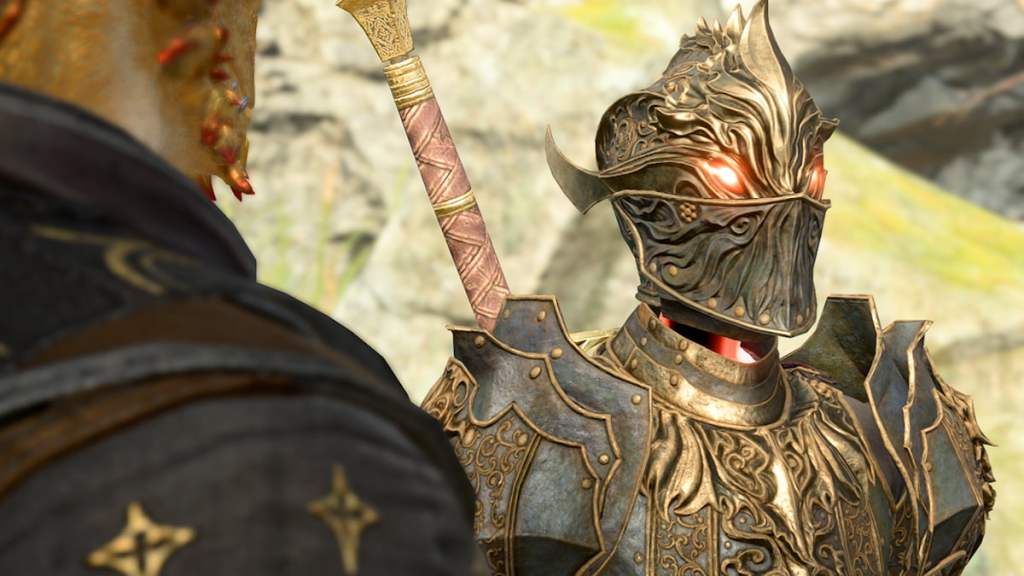
The D&D alignment system has managed to reach mainstream pop culture via Internet memes, as it defines people via how they fit on the axis of Law vs. Chaos and Good vs. Evil. D&D 5E has downplayed the alignment system considerably, as it’s no longer tied to any class choices, with even Paladins free to be True Neutral or Chaotic Evil.
Related: Baldur’s Gate 3: What’s The Level Cap?
Baldur’s Gate 3 abandoned the alignment system entirely. Instead, your character has tags (another holdover from Divinity: Original Sin II), which define aspects of their personality. If you do things supporting your tags and Background, you’ll earn Inspiration dice, which can be used for rerolls, another aspect of D&D 5E that has been adapted into something new in Baldur’s Gate 3.

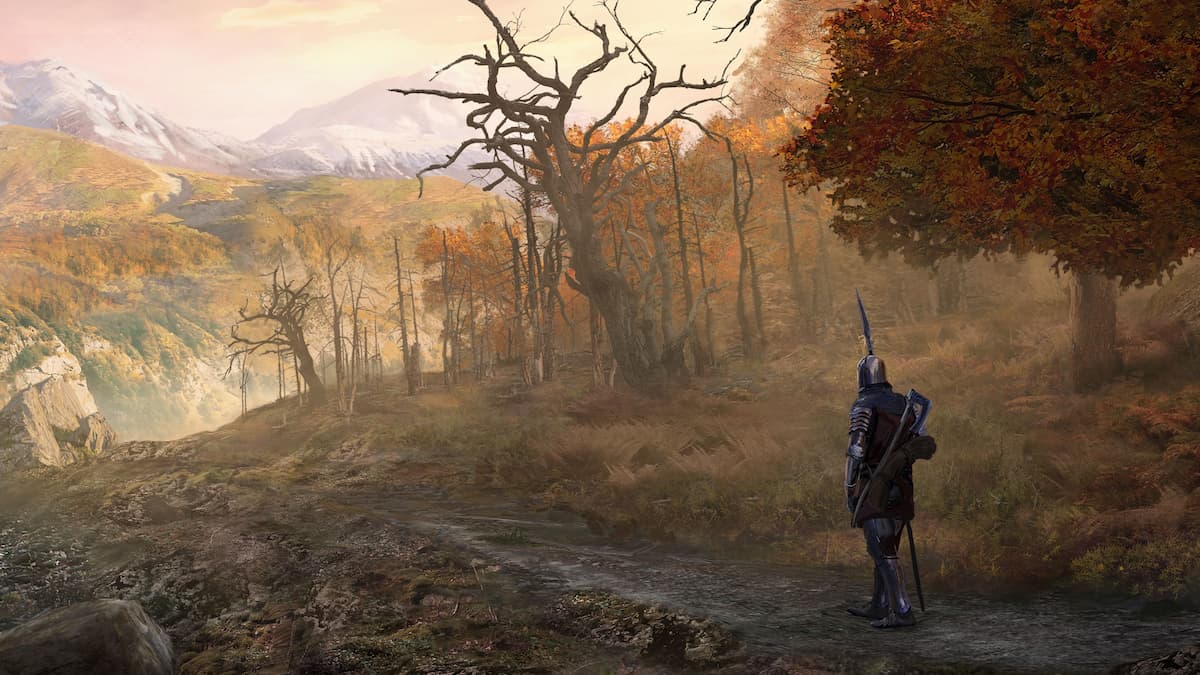
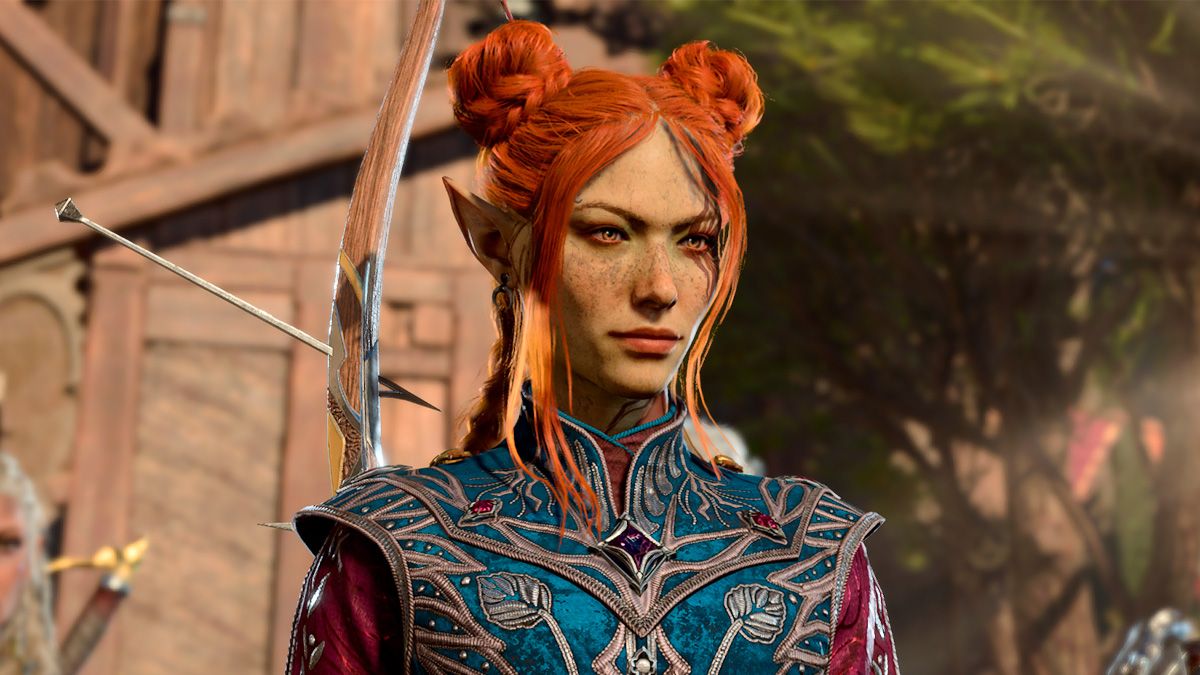
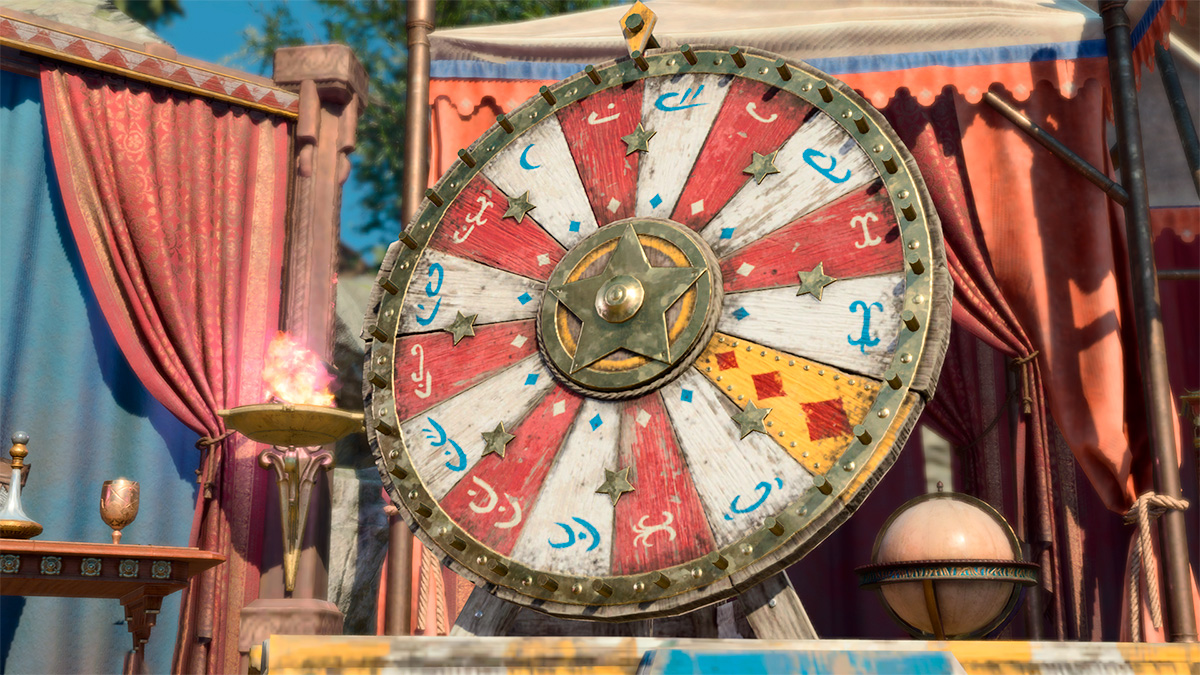
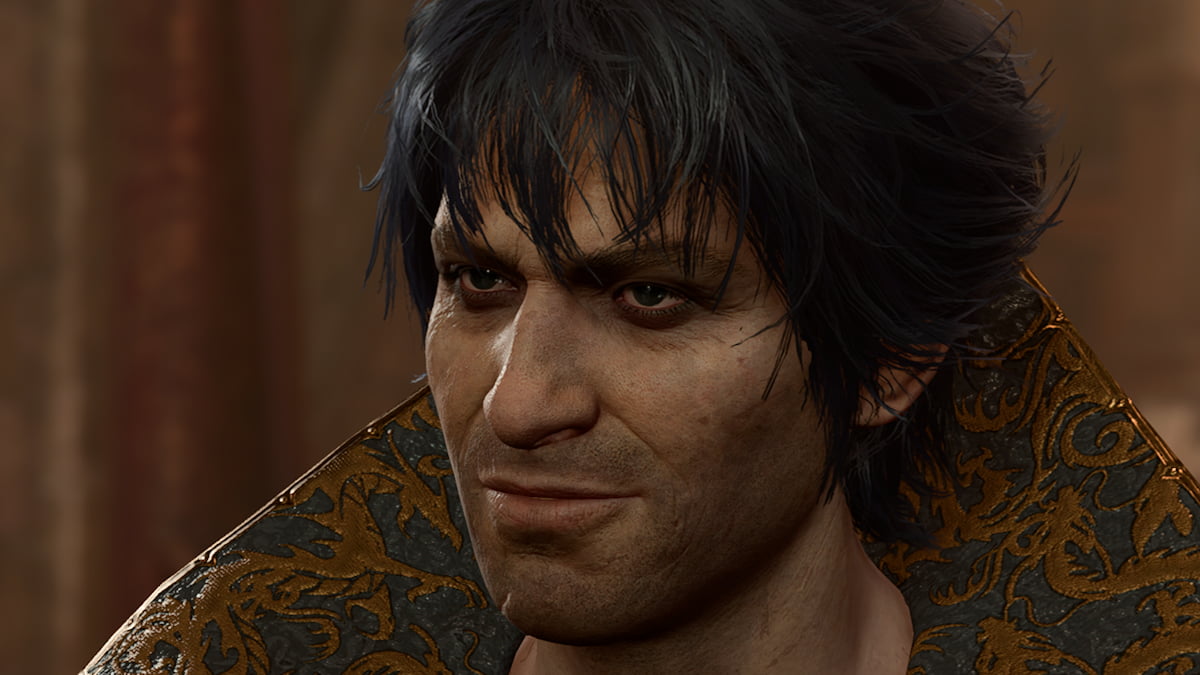
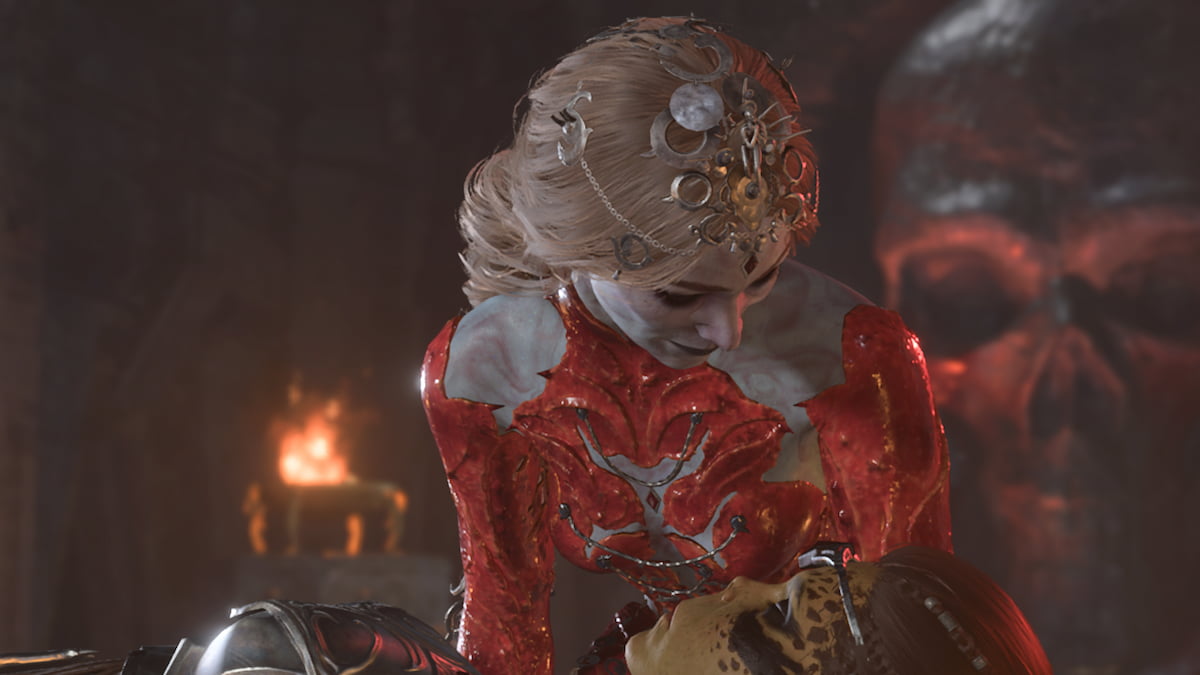

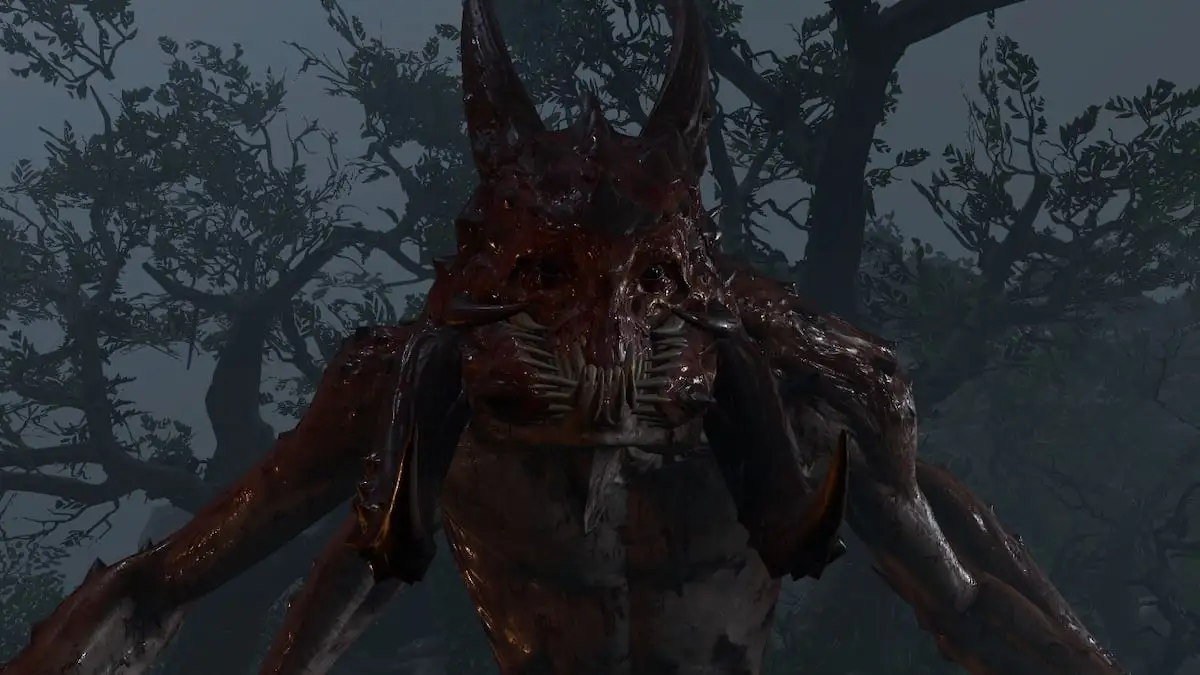
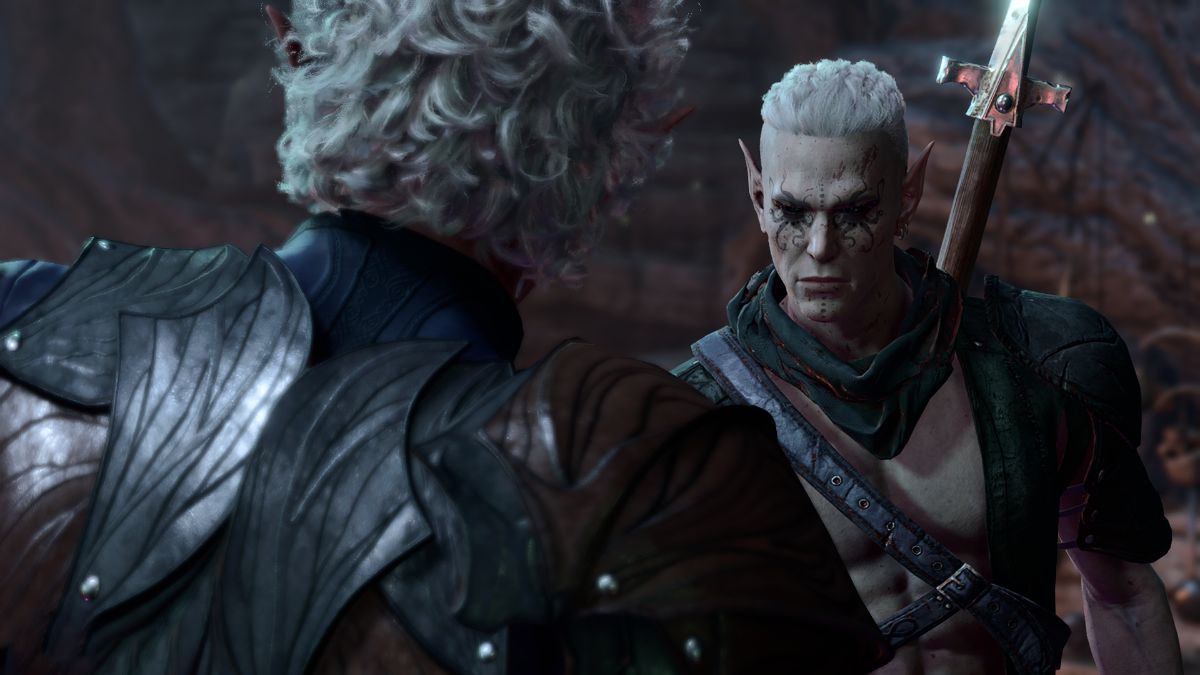

Published: Sep 27, 2023 02:49 pm